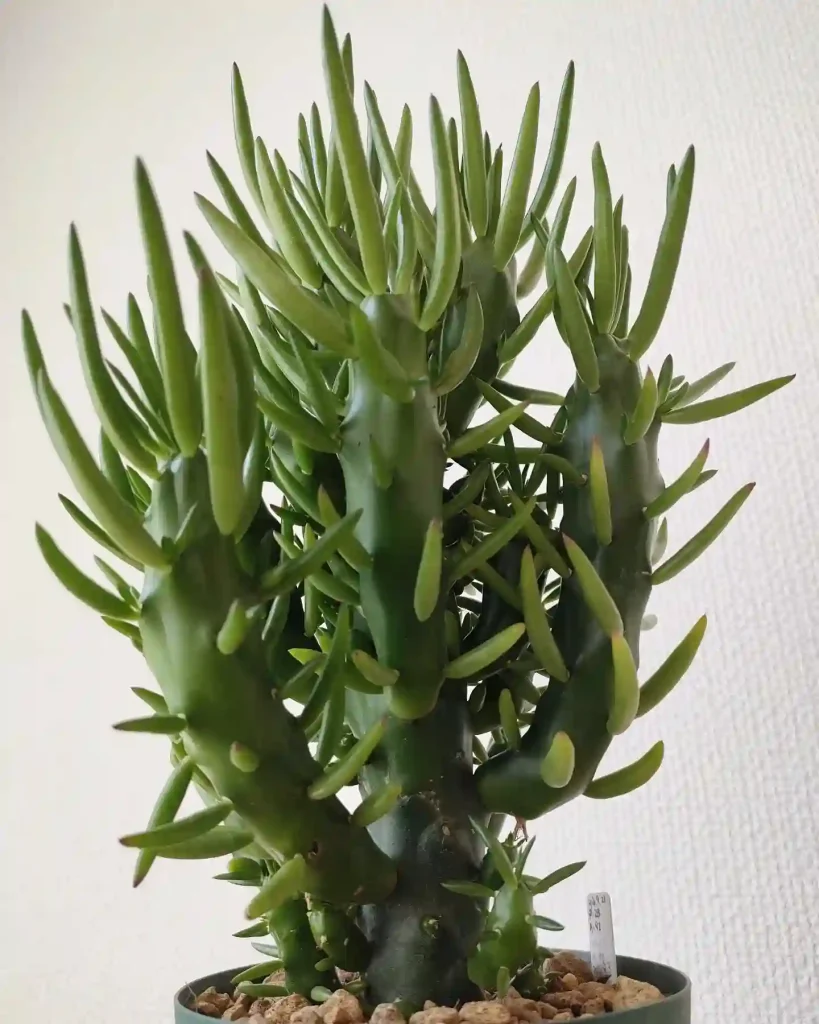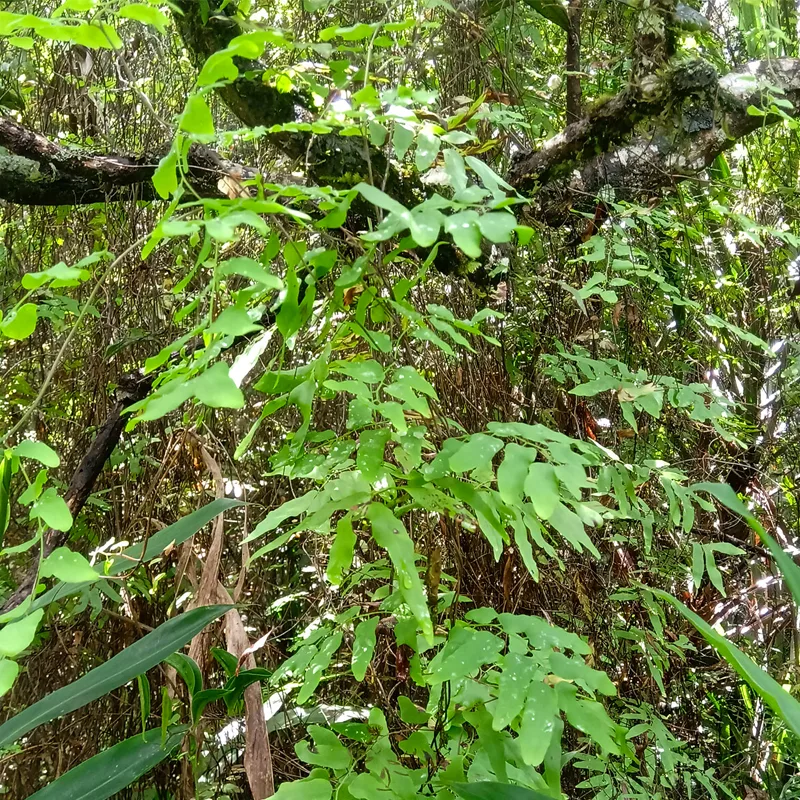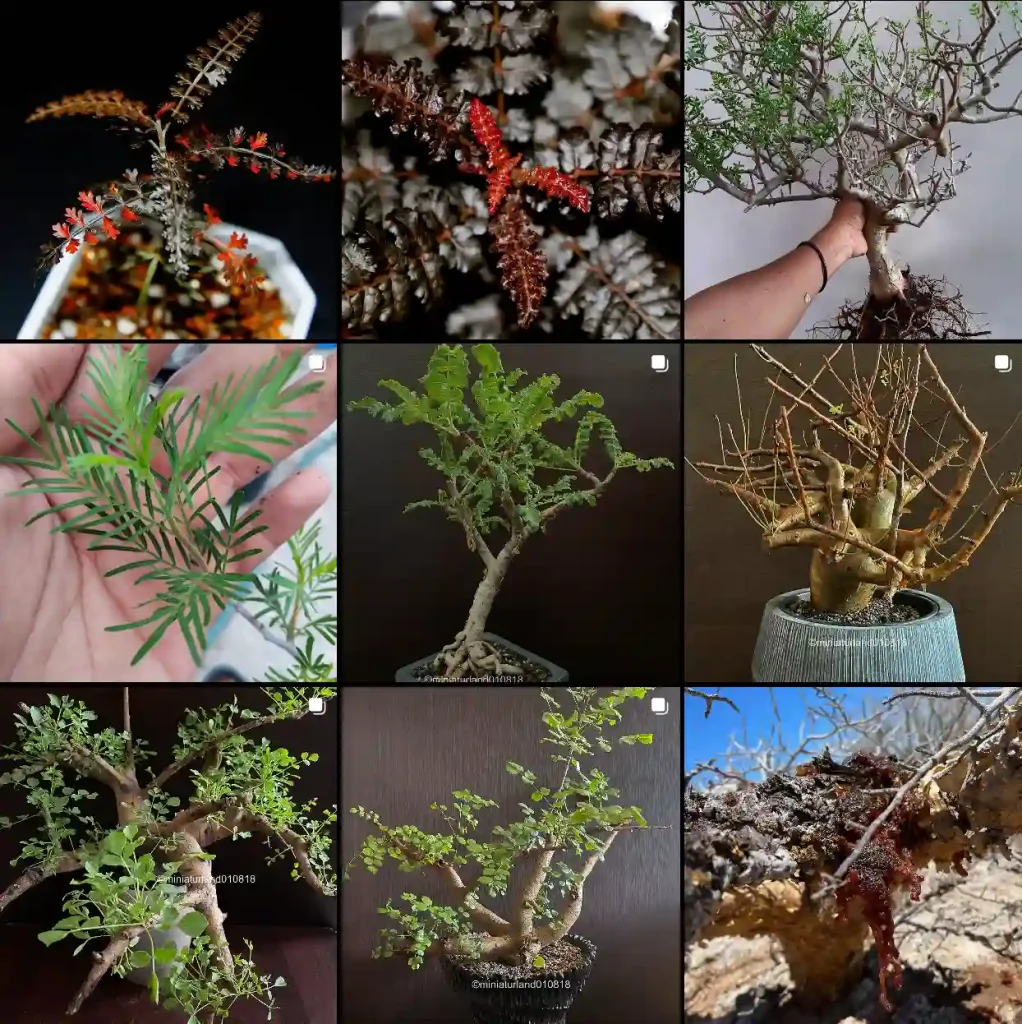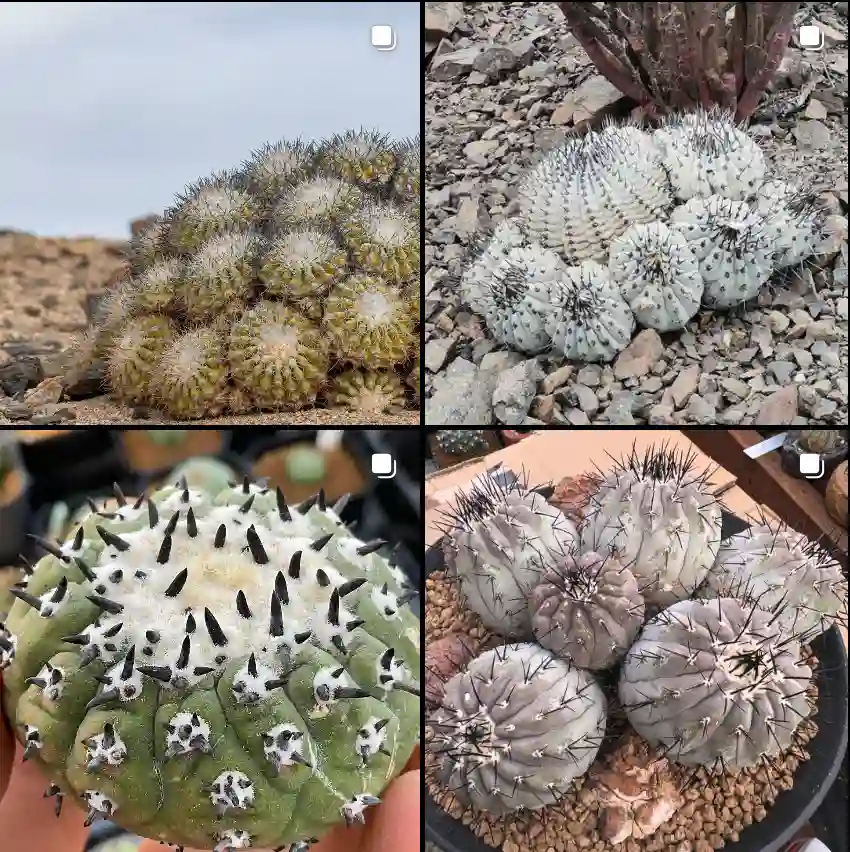My Love Affair with Leptospermum
The wind whips through the branches of the Leptospermum laevigatum in my backyard, sending a shower of tiny white petals dancing across the lawn. I watch them fall, mesmerized by their delicate beauty, and I’m reminded once again why I’m so captivated by this genus of plants.
Leptospermum belong to the Myrtaceae family, commonly known as tea trees, has been a constant source of fascination for me. Perhaps it’s their resilience, thriving in harsh conditions where other plants struggle. Maybe it’s the intoxicating aroma of their leaves, a scent that speaks of the Australian bush. Or perhaps it’s the sheer diversity within the genus, each species boasting its own unique charm.
Whatever the reason, my love affair with Leptospermum started young. Growing up in Vietnam, I was surrounded by lush greenery, but it was the tea trees that always caught my eye. Their papery bark, their delicate flowers, and their ability to thrive in the tropical climate – they were a symbol of strength and beauty.
Now, years later, I find myself drawn to them once again. As a botanist, I’ve had the opportunity to study Leptospermum in depth, and my appreciation for these plants has only grown.
A Diverse Genus
Leptospermum is a diverse genus, with over 40 recognized species. While most are native to Australia, some species can also be found in Southeast Asia and New Zealand. They range from prostrate shrubs to small trees, each with its own distinct characteristics. Here are:
- Leptospermum amboinense Blume
- Leptospermum arachnoides Gaertn.
- Leptospermum argenteum Joy Thomps.
- Leptospermum barneyense A.R.Bean
- Leptospermum continentale Joy Thomps.
- Leptospermum crassifolium Joy Thomps.
- Leptospermum deuense Joy Thomps.
- Leptospermum emarginatum H.L.Wendl. ex Link
- Leptospermum epacridoideum Cheel
- Leptospermum glabrescens N.A.Wakef.
- Leptospermum grandiflorum G.Lodd.
- Leptospermum grandifolium Sm.
- Leptospermum gregarium Joy Thomps.
- Leptospermum hoipolloi L.M.H.Schmid & de Lange
- Leptospermum javanicum Blume
- Leptospermum juniperinum Sm.
- Leptospermum lanigerum (Aiton) Sm.
- Leptospermum liversidgei R.T.Baker & H.G.Sm.
- Leptospermum macrocarpum (Maiden & Betche) Joy Thomps.
- Leptospermum micromyrtus Miq.
- Leptospermum minutifolium (F.Muell. ex Benth.) C.T.White
- Leptospermum morrisonii Joy Thomps.
- Leptospermum myrtifolium Sieber ex DC.
- Leptospermum nitidum Hook.f.
- Leptospermum novae-angliae Joy Thomps.
- Leptospermum obovatum Sweet
- Leptospermum oreophilum Joy Thomps.
- Leptospermum parviflorum Valeton
- Leptospermum petersonii F.M.Bailey
- Leptospermum petraeum Joy Thomps.
- Leptospermum polygalifolium Salisb.
- Leptospermum recurvum Hook.f.
- Leptospermum repo de Lange & L.M.H.Schmid
- Leptospermum riparium D.I.Morris
- Leptospermum rotundifolium (Maiden & Betche) F.A.Rodway
- Leptospermum rupestre Hook.f.
- Leptospermum rupicola Joy Thomps.
- Leptospermum scoparium J.R.Forst. & G.Forst.
- Leptospermum sejunctum Joy Thomps.
- Leptospermum spectabile Joy Thomps.
- Leptospermum sphaerocarpum Cheel
- Leptospermum squarrosum Gaertn.
- Leptospermum tairawhitiense G.J.Atkins, de Lange & M.A.M.Renner
- Leptospermum thompsonii Joy Thomps.
- Leptospermum turbinatum Joy Thomps.
- Leptospermum variabile Joy Thomps.
- Leptospermum wooroonooran F.M.Bailey
More Than Just Tea Trees
While Leptospermum is often associated with tea trees, it’s important to remember that the genus encompasses a wide range of plants with diverse uses.
- Medicinal Uses: Many Leptospermum species have traditional medicinal uses. The essential oil of Leptospermum scoparium, for example, is known for its antiseptic properties and is used to treat various skin conditions.
- Ornamental Plants: With their attractive flowers and foliage, many Leptospermum species are cultivated as ornamental plants in gardens and landscapes.
- Environmental Benefits: Leptospermum plays a crucial role in its native ecosystems. They help stabilize soil, prevent erosion, and provide habitat for wildlife.
Looking Ahead
As I continue my journey with Leptospermum, I’m excited to see what the future holds. Research is ongoing to explore the potential of these plants, particularly in the fields of medicine and environmental restoration.
I believe that Leptospermum has much to offer the world. Their resilience, beauty, and versatility make them a valuable asset in our ever-changing world. And as I watch the petals fall from the tea tree in my backyard, I’m filled with a sense of hope and anticipation for what the future holds for this remarkable genus.
If i die, water my plants!



